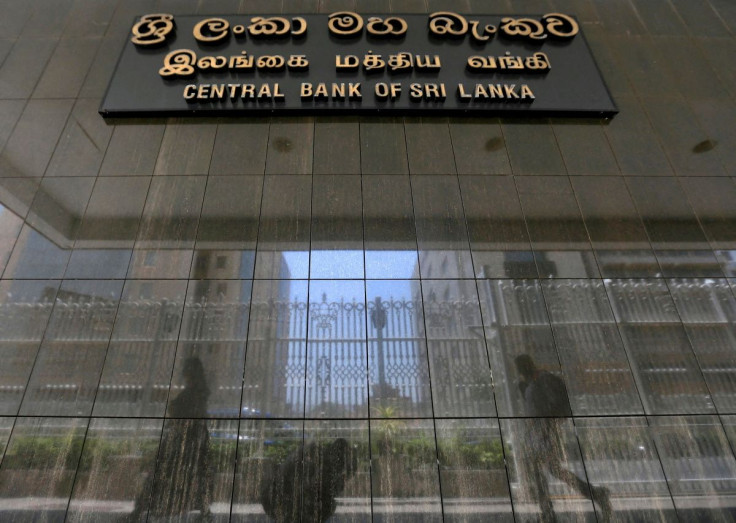Sri Lanka Feels The Pain From China's Debt Trap, Heading Straight To IMF
Sri Lanka is beginning to feel the pain from China's debt trap, which will take it to a place it doesn't want to be: knocking on the International Monetary Fund's (IMF) door.
The Washington-based institution is notorious for the austerity conditions it attaches to its loans, like a currency devaluation, which will aggravate the country's inflation situation.
Sri Lanka's cozy relations with China that resulted in a debt trap began in 2007 when Beijing provided President Mahinda Rajapaksa both military and diplomatic assistance to fight the Tamil Tigers. Then they became cozier with high-profile construction projects, like the deep-sea Hambantota port project, the Colombo Port City complex and the Mattala Rajapaksa International Airport (MRIA).
While some of these projects helped the county improve its infrastructure, they were "debt traps." Some of them weren't economically viable because they served the needs of Beijing's central planners rather than the needs of the local markets, like MRIA — the world's emptiest airport, according to a 2016 Forbes report.
Others were economically viable, but they were inflated because they were built mainly by Chinese state construction companies in partnership with local contractors rather than by private contractors under transparent bidding.
And they all left Sri Lanka heavily indebted to Beijing because China's state-owned banks finance them at high interest rates.
According to government financials, Sri Lanka's government debt stood at 101% of the country's GDP in 2020, well above the 69.69% average for the 1950 to 2020 period. It is expected to reach 120% of GDP by 2023. In addition, Sri Lanka's government budget deficits are running at 10.51% of its GDP, adding to its indebtedness.
Beijing has applied creative finance, swapping a chunk of the debt for 99-year leases to ease the pain of the country's indebtedness. But that's a terrible idea, as it turns Sri Lanka into China's semi-colony, as the British and the Portuguese did with China following the Opium Wars.
Meanwhile, the lack of lease revenues deprives Sri Lanka of a valuable foreign currency cash flow. That's money needed to pay for food and medicine imports, in times when other sources of foreign currency like tourist receipts and remittances dwindle, as has been the case in the aftermath of the COVID-19 pandemic.
That's how Sri Lanka's economy ended up in a perfect storm recently. Overall inflation is running at an annual rate of 15%, with food inflation running at 26%, as the GDP contracted at an annual rate of 1.5%. In addition, the country is running out of foreign currency reserves, thanks to a recent $500 million foreign debt payment. And the worst is yet to come, with more debt payments due in 2022. As a result, the country may soon decide whether to use whatever foreign reserves are left to buy food and medicine or repay debt.
Credit rating agencies have been downgrading the country's debt, making it hard for its government to issue new debt to pay the old debt. That leaves Sri Lanka in a position it doesn't want to be in: heading for the IMF.

© Copyright IBTimes 2024. All rights reserved.






















